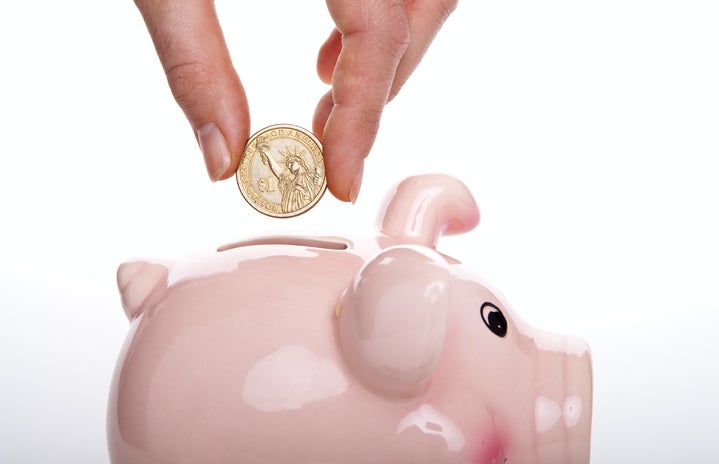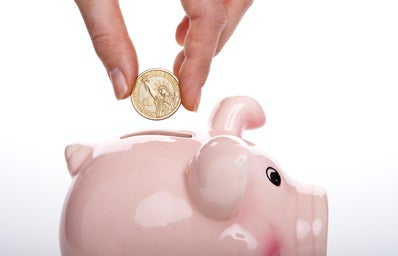Since I was a little girl, my parents stressed the importance of money management. Not to the point where I was saving thousands by the end of the sixth grade, but enough to remember that money should not be spent recklessly. Thanks to them and my not-so-useful-but-sometimes-helpful personal financial literacy class freshmen year of high school, I learned how to save money.
“Treat yourself” is a common phrase meaning to spoil yourself, sometimes without occasion, with a gift that is typically expensive or typically something that makes you happy. For me, it means I’ll cross something off of my “to-buy” list or it means I’ll treat myself out to a nice meal. Saving money can be hard when there is no immediate benefit to the work you are putting in. Like dieting, studying, or anything that requires physical or mental strength, there needs to be some reward to prevent burnout.
So, any time I made money—whether that was through scholarships, my part-time job, or money allowances from family and friends around birthdays or Lunar New Year—I made sure to put at least half of the amount into my savings. By doing so, I accumulated sums of money a lot quicker than I thought. Without constantly stressing myself out with the idea that I have to save, I utilized my “treat” goal as motivation to save.
Over time, I started to see growth and slowly crossed things off from my “to-buy” list. These would be a once-in-a-while purchase, and I wanted to make sure it would be a nice gift rather than one that could be purchased on a whim.
While I love getting a coffee from Starbucks as a daily starter and getting a classic boba milk tea as a long day’s treat, I decided that I would finally reward myself with the clothing item I had been wanting for years. After I had saved enough to buy the shirt and still have money leftover, I purchased it. For me, my “to-buy” list consists of bigger purchases. Because I try and save as much as I can from making frequent small purchases, my “treats” are a little bit on the expensive side. Your list, though, does not need to consist of designer sunglasses and expensive electronics. The key to this method is to make sure your list consists of items that will make you happy for a long time, long enough for your to pause spending and continue saving for your next purchase.
The next item on my list is a new pair of sneakers. Though I could go out and buy them right now, it would be wiser of me to save money before spending $100+ so I still have a cushion underneath it.
Some tips on saving money for yourself
It’s okay to start small
I started to save about $10-$20 per month. Once I had started my part-time job, I decided to save in bigger clumps more frequently. Because some paychecks will be bigger than others, and sometimes require more spending allowances, don’t stress out if you can’t save large amounts of each deposit that comes in. Take the time you need to start. Always remember that once you start, it can only go up.
Budgeting 101
I don’t know how to budget like financial planners on TikTok, and I probably will never get to that point. Personally, I will go through my bank statement each month and check what my most frequent expenses are. In recent times, it was coffee and boba. After analyzing what expenses could be saved, stop making those purchases as frequently. In my case, I tried to make coffee at home and cut down my boba purchases to once every one to two weeks. Just like that, I was saving myself from $10-$15 each week, ultimately saving myself about $50 in one month. It might be hard to do at first, but take some time to see what you can substitute to save and what you should keep as a small treat on the way to the big treat.
Saving money can be easy if you have the right mindset. Another important reminder is that this method may not work at all times. Because there are so many factors that play into our financial lives, it’s very important to find a saving/spending style that fits your budgeting schedule. A style that is similar to mine but slightly different is the 50/30/20 method in which 50% of your money is spent on necessities (such as groceries and rent), 30% is spent on yourself (for shopping, subscriptions, etc.), and 20% is put away into your savings. The number one rule to saving money is for your own benefit, for the present you and, ultimately, the future you. May saving money be a success this new year and everyone make money moves$$$

